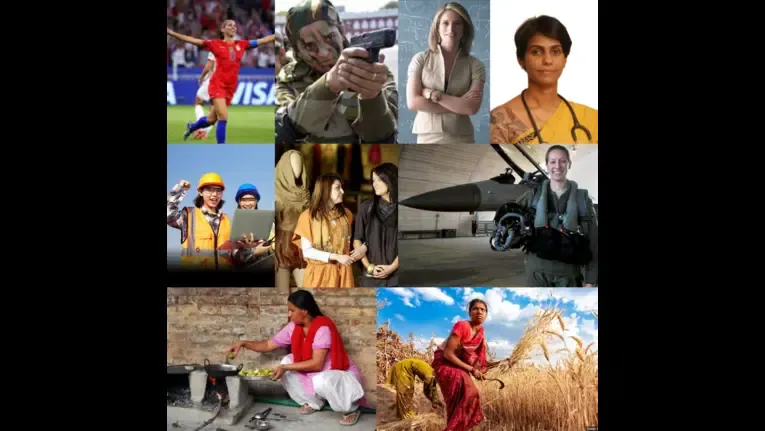
Celebrating International Women's Day: A Path Toward Parity
A Rich Tapestry of Origins
The history of IWD is interwoven with more than a century's worth of activist strands. Women's rights movements enjoyed a boom in North America and Europe in the early 20th century, however, the precise roots are still up for discussion. The need for a day dedicated to women's problems was spurred by the battle for suffrage, improved working conditions, and political engagement.Fifteen thousand women marched through New York City in 1908, calling for more pay and fewer hours worked. The Socialist Party of America celebrated these women and the continuous fight for women's rights on February 28, 1909. Future IWD observances benefited from the foundation this early event created.
In 1911, the movement gained steam, and more than a million people took part in IWD activities around Europe. Around this time, the date of March 8th was decided upon, albeit the exact reasons are still unknown. According to some views, it was connected to the 1917 Russian textile worker strike in Petrograd, which is now St. Petersburg.Formal Recognition and Evolving Themes
An important turning point occurred in 1975. It was the first official UN-sponsored International Women's Day commemoration after the UN declared it to be International Women's Year. IWD's relevance and worldwide reach were cemented by this acknowledgment.In light of the shifting context around women's rights, IWD topics have changed since then. Critical challenges confronting women have been constantly addressed by IWD, ranging from topics like peace and development in the 1980s to economic empowerment in the 2000s. IWD 2024's theme, "Invest in Women: Accelerate Progress," emphasizes how important it is to support women's economic possibilities, healthcare, and educational chances to truly achieve gender equality.
Reasons to Celebrate and Keep Marching Forward
IWD serves several important purposes. It's a day to:
- Celebrate Achievements: On International Women's Day (IDW), we honor the remarkable achievements made by women in a variety of fields, including politics, the arts, science, and technology. It's a day to honor the trailblazing women who have paved the way and to celebrate the advancements made in women's rights.
- Raise Awareness: Gender discrimination does not go away despite the progress accomplished. IWD raises awareness of important issues that affect women, including gender-based violence, income disparities, and limited access to education. Raising awareness is an essential first step in bringing about constructive change.
- Call to Action: IWD is a call to action as much as a day of celebration. It exhorts people, institutions, and governments to make a commitment to achieve gender equality. This might include speaking up in favor of legislative modifications, endorsing projects headed by women, or just combating gender stereotypes in general.
A Day for Everyone
While IWD is rooted in the women's rights movement, it's a day for everyone. Men, women, and non-binary individuals all have a role to play in creating a more equitable world. Here are some ways you can participate:
- Educate Yourself: Learn about the history of IWD and the ongoing fight for women's equality.
- Spread Awareness: Talk to your friends, family, and colleagues about IWD and the importance of gender equality.
- Support Women-Led Initiatives: Seek out and support organizations and businesses run by women.
- Challenge Bias: Be mindful of unconscious bias in your own life and challenge gender stereotypes wherever you see them.
IWD: A Catalyst for Change
International Women's Day is a catalyst for change rather than only a symbolic event. On this day, we honor the remarkable path taken by women's rights groups and renew our commitment to constructing a world in which equality is a reality rather than only an ideal. Together, we can make sure that International Women's Day (IWD) remains a day of celebration and a potent force for good in the world.